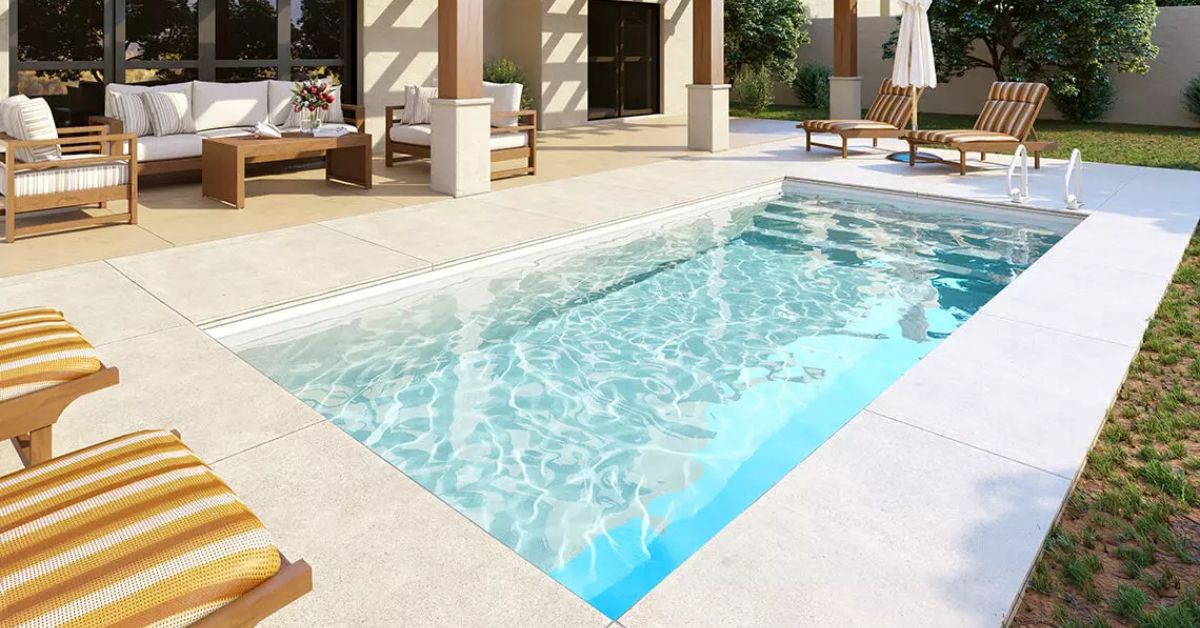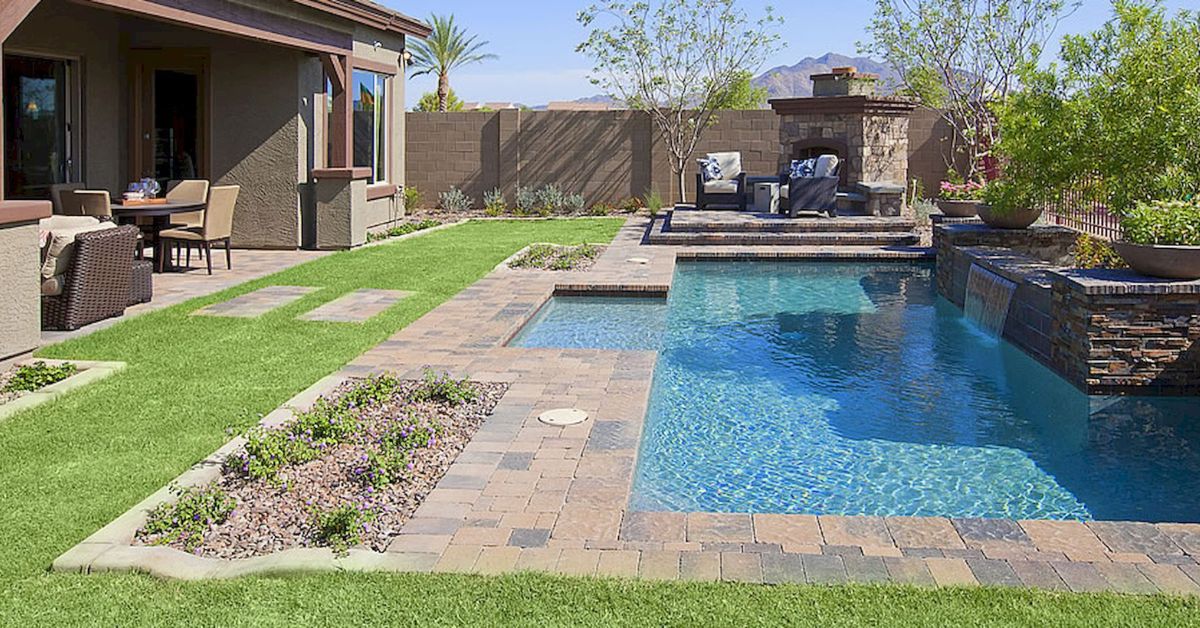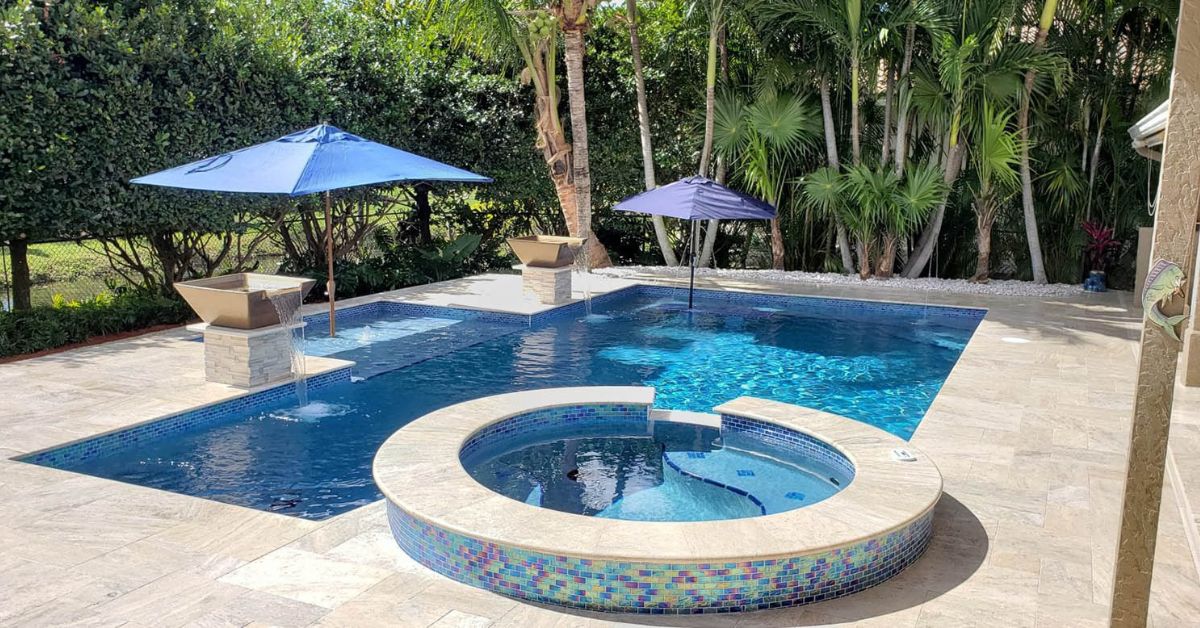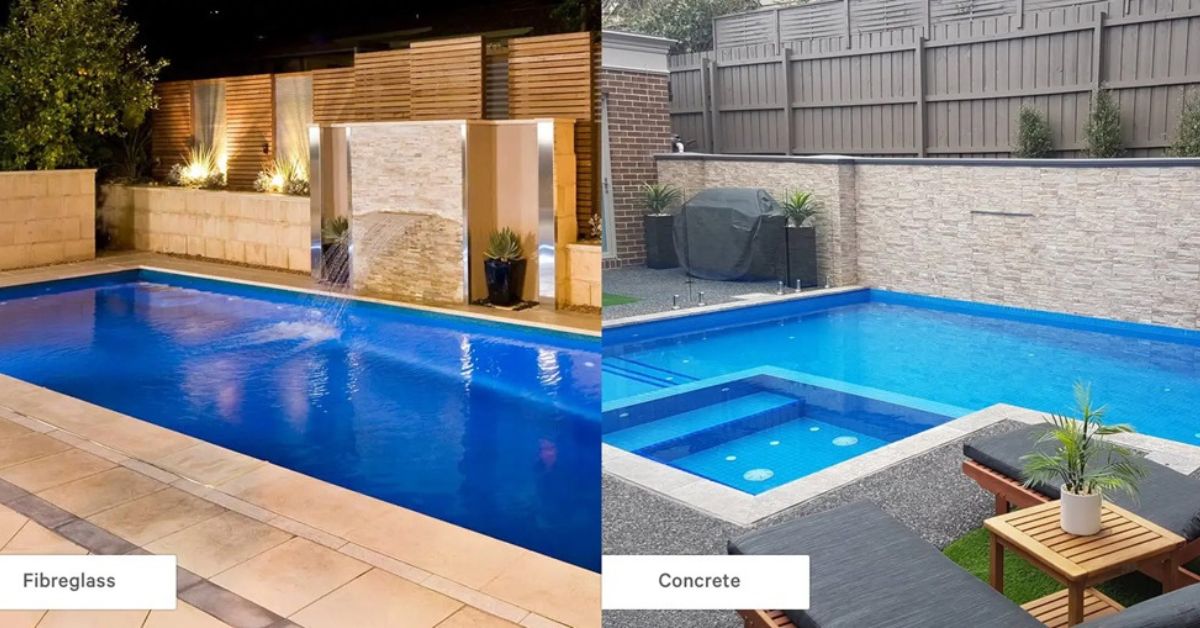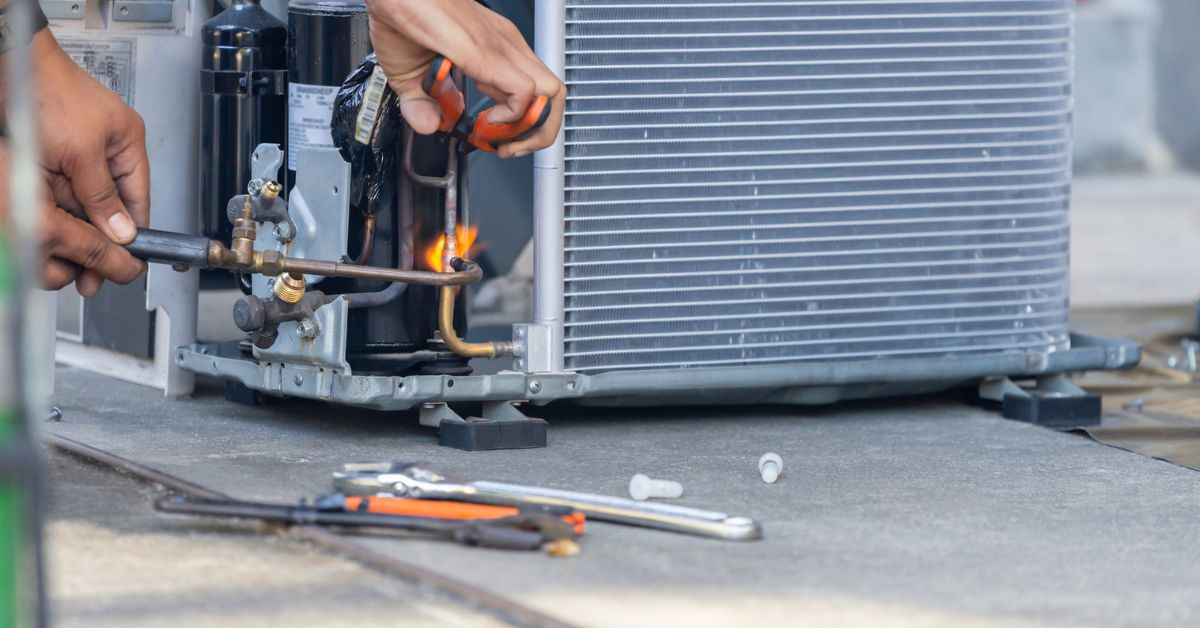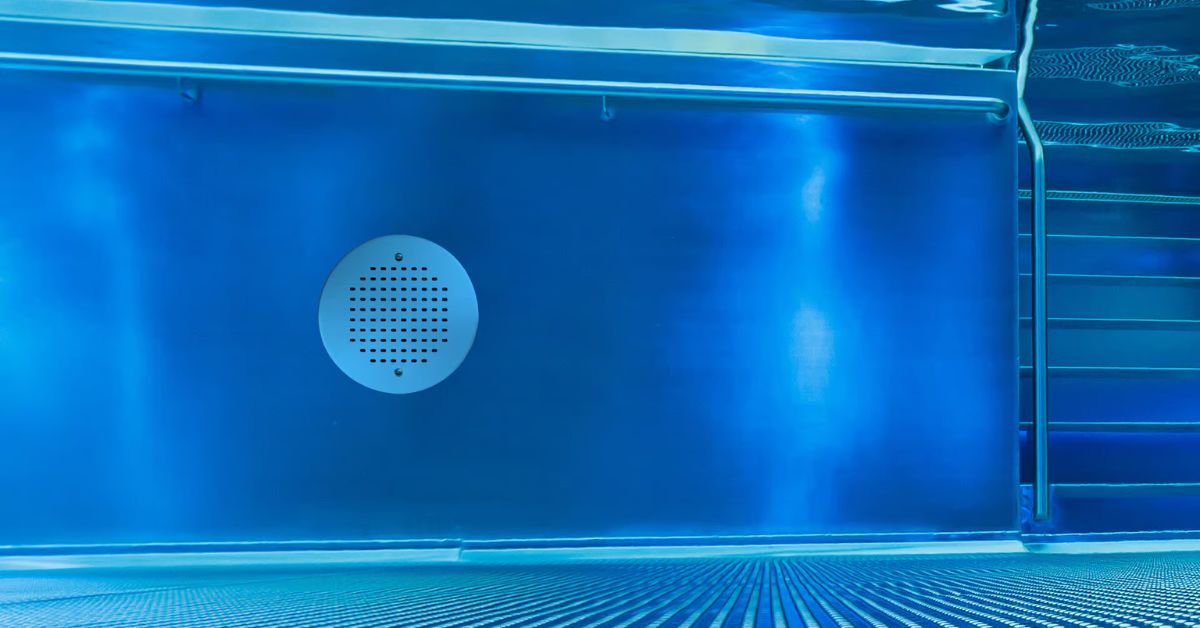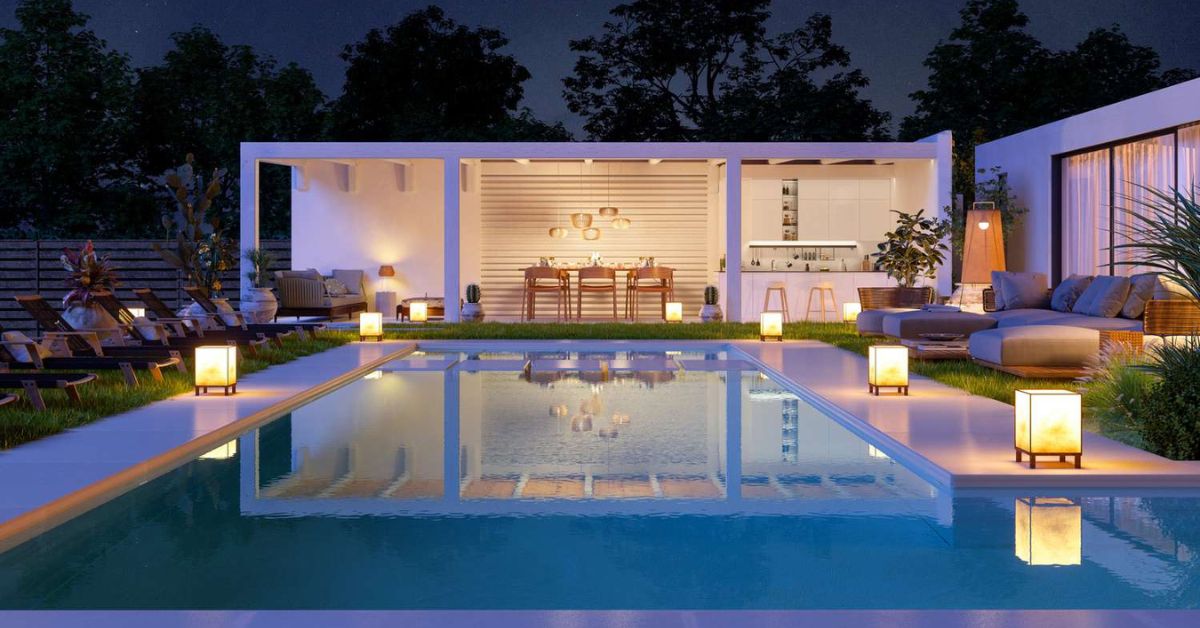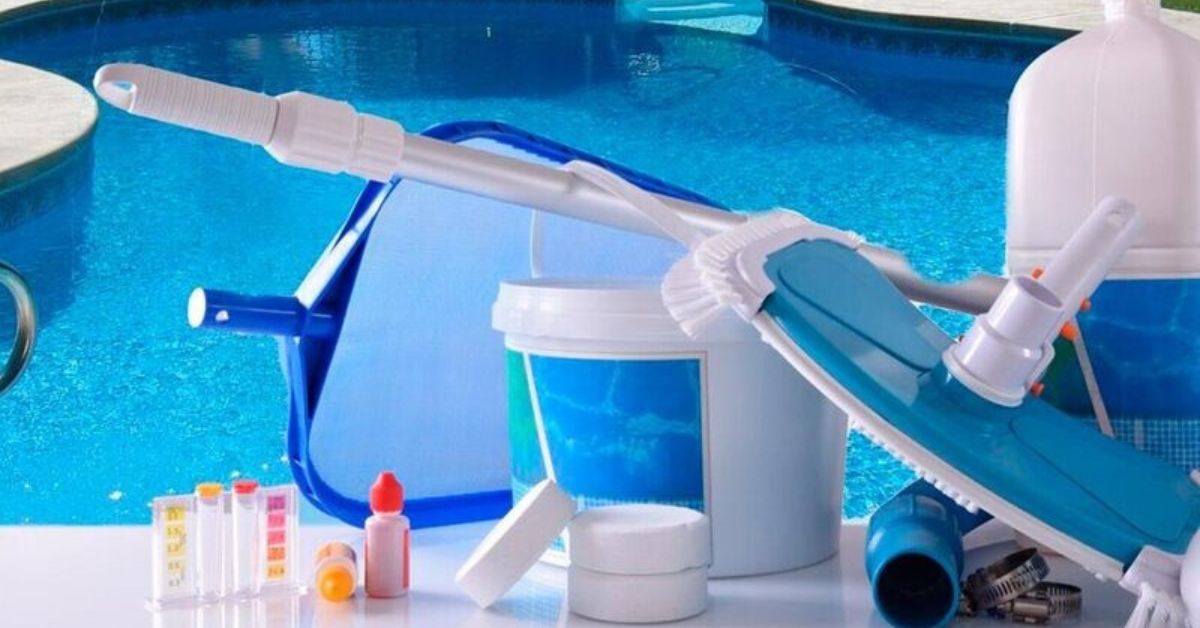Installing a pool in your backyard feels exciting, but overlooking how long it will stay in good condition is a need for a little bit of attention. Pools are a major investment, and choosing one that lasts makes a big difference over time.
Fiberglass pools are built with durability in mind. Their solid construction and smooth gel-coated surface resist cracks, algae, and wear from regular use. Compared to other types, they require less upkeep while maintaining their structure and appearance. A well-installed fiberglass pool can provide decades of reliable performance, giving homeowners long-term value without constant maintenance.
What Makes Fiberglass Pools Different?
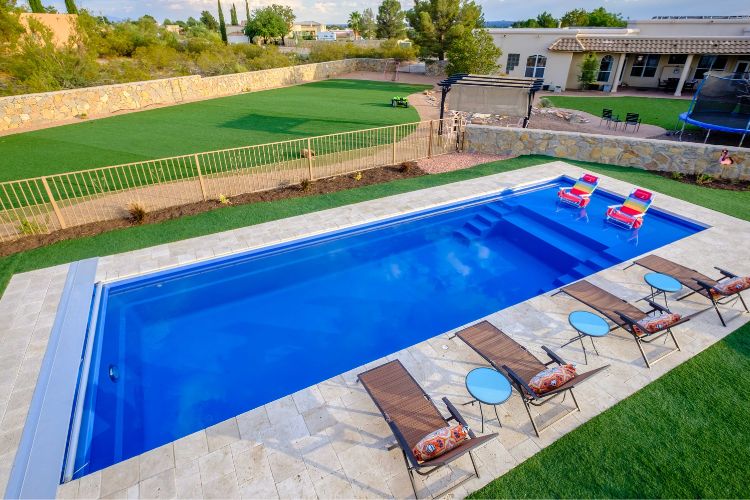
Not all pools are created the same. Fiberglass swimming pools have a few key features that set them apart from concrete or vinyl options. First, they are pre-formed and delivered as a single piece. This makes installation faster and reduces the chance of weak spots.
Second, the surface is smooth and non-porous. This not only feels comfortable underfoot but also helps prevent algae from sticking, which cuts down on cleaning and chemical use.
Finally, fiberglass is known for its durability. It can handle regular family use, exposure to chemicals, and seasonal weather changes better than many other pool types. For homeowners looking for low maintenance pools, fiberglass is an option that combines ease of care with long-term reliability.
How Fiberglass Pools Stand the Test of Time?
The secret to a long-lasting pool is fiberglass pool construction. These pools are made in one piece, which reduces weak points. There are no seams or joints that might crack under stress.
The surface of the pool is coated with a gel finish. This layer protects against UV rays, prevents algae growth, and reduces the chances of minor damage because of environmental factors. Because of this, the pool stays strong and looks good for years. Proper pool remodeling and updates over time can also help maintain both the pool’s functionality and aesthetic appeal.
Fiberglass swimming pools are resilient, even when exposed to intense sunlight, heat, or frequent chemical use. Many homeowners prefer fiberglass for long-term durability because of its one-piece construction and gel coat protection.
Design Flexibility with Fiberglass Pools
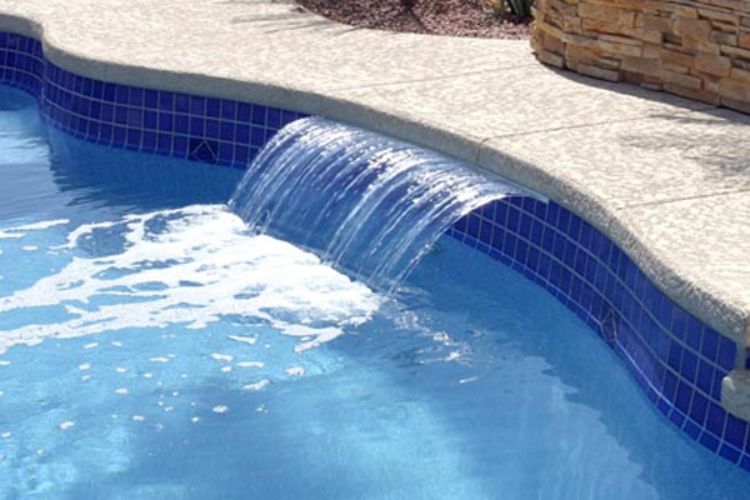
Fiberglass swimming pools aren’t just durable. Also, they offer a variety of design options that suit different spaces and styles. Whether you want a sleek modern look, a family-friendly layout, or a pool that fits a small backyard, the fiberglass pool construction process allows for various shapes, sizes, and finishes.
Because these pools are pre-formed, customizing the look is simpler than with concrete. You can add steps, benches, or built-in seating, and choose from a variety of colors and textures. This flexibility lets homeowners get a pool that matches both their lifestyle and backyard aesthetic, without compromising on long-term durability.
Lifespan and Major Factors That Affect It
With proper care, a fiberglass pool can last 25 to 30 years, or sometimes longer. Several factors can affect how long it stays in good condition.
Quality of Material and Constructions
Not all fiberglass swimming pools are made the same. Pools built with higher-quality fiberglass and attention to detail during construction tend to last longer. Choosing a pool with a reliable warranty is a good way to ensure quality.
Professional Installation
Installation plays a major role in durability. DIY setups often cause problems such as uneven bases or shifting walls. Hiring an experienced installer helps prevent costly issues and ensures the pool maintains its structure over time.
Environmental and Climate Factors
Where your pool is located can have a big impact on how long it lasts. Extreme heat, freezing temperatures, heavy rain, or strong winds can all put stress on the pool structure over time.
For example,
- Hot, sunny climates can fade the pool surface and increase chemical evaporation.
- Cold or freezing areas may cause the ground to shift, which can put pressure on the pool walls.
- Frequent storms or heavy rain can affect water balance and lead to wear on equipment.
Regular Maintenance
Even low maintenance pools need basic care. Balanced water chemistry, clean surfaces, and well-functioning equipment all help the pool last longer. Regular checks reduce the risk of minor issues from turning into major repairs.
Choosing a reputable manufacturer and installer is one of the best ways to ensure your fiberglass pool remains durable for decades.
Practical Tips for Maintaining Your Fiberglass Pool
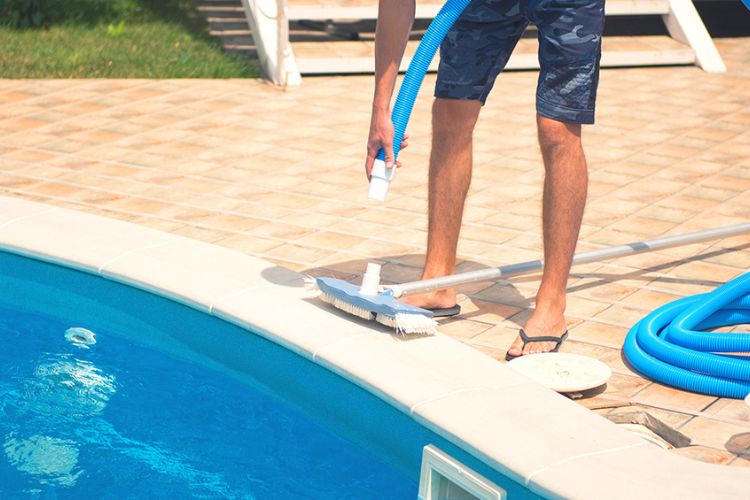
Maintaining a fiberglass pool doesn’t have to be complicated. Some simple routines go a long way.
- Use a soft brush on walls and floors to prevent algae and dirt buildup. Always clean gently, as fiberglass has a coated finish. Hard brushes or tools can scratch or damage the surface.
- Check chemicals: Test water regularly and keep pH, alkalinity, and sanitizer levels balanced, as imbalanced chemical levels can harm the surface and other things such as pumps, filters, etc.
- Always inspect equipment. Check that Pumps, filters, and heaters are working perfectly and repaired as needed.
- Covers the pool by using a pool cover when not in use. It reduces chemical needs and protects the surface.
Even with minimal effort, pool maintenance for fiberglass is easier than for other types. That’s why they’re considered some of the most practical low-maintenance pools.
Updating and Remodeling Your Fiberglass Pool
While fiberglass swimming pools are durable, you can still update them over time. You can add,
- Adding a new surface color or finish
- Installing lighting or water features
- Adding seating or steps
These updates refresh the pool without major construction. Remodeling a fiberglass pool is usually simpler than altering a concrete pool, and it can make the space feel new again.
Why Fiberglass Pools Offer Long-Term Value
Fiberglass built-in pools may cost more upfront than vinyl or some concrete options, but they save money in the long run. You spend less on repairs, chemicals, and energy.
They also add value to your home. A well-maintained fiberglass pool is an attractive feature for potential buyers and can boost property appeal. Ultimately, these pools combine durability, minimal maintenance, and future-proofing capabilities. That combination makes them a good long-term investment for any homeowner.
Final Words
A fiberglass pool is more than just a place to swim. It’s a long-term investment in your home and lifestyle. With proper care, professional installation, and occasional updates, it can provide decades of enjoyment.
They are easy to maintain, built to last, and flexible enough to remodel as your needs change. For anyone looking for a reliable, stress-free pool option, fiberglass is a practical choice that stands the test of time.
Lifestyle Pools makes it easy to enjoy a fiberglass pool that’s low-maintenance and built to last. From expert installation to remodeling tips, they help keep your pool beautiful and functional for years.
FAQs
How long do fiberglass-built-in pools last?
Typically, 25–30 years with proper care, depending on quality, installation, and maintenance.
Are fiberglass swimming pools low-maintenance?
Yes. Their smooth surface reduces algae and requires fewer chemicals and less cleaning.
Can I remodel a fiberglass pool?
Yes, you can update surfaces, add lighting, water features, or steps without major construction.
Do fiberglass pools need professional installation?
Yes, professional installation ensures proper construction and prevents structural issues.
How do I maintain a fiberglass pool?
Use soft Brushes to clean surfaces, balance water chemistry, check equipment daily, and use a pool cover regularly.


